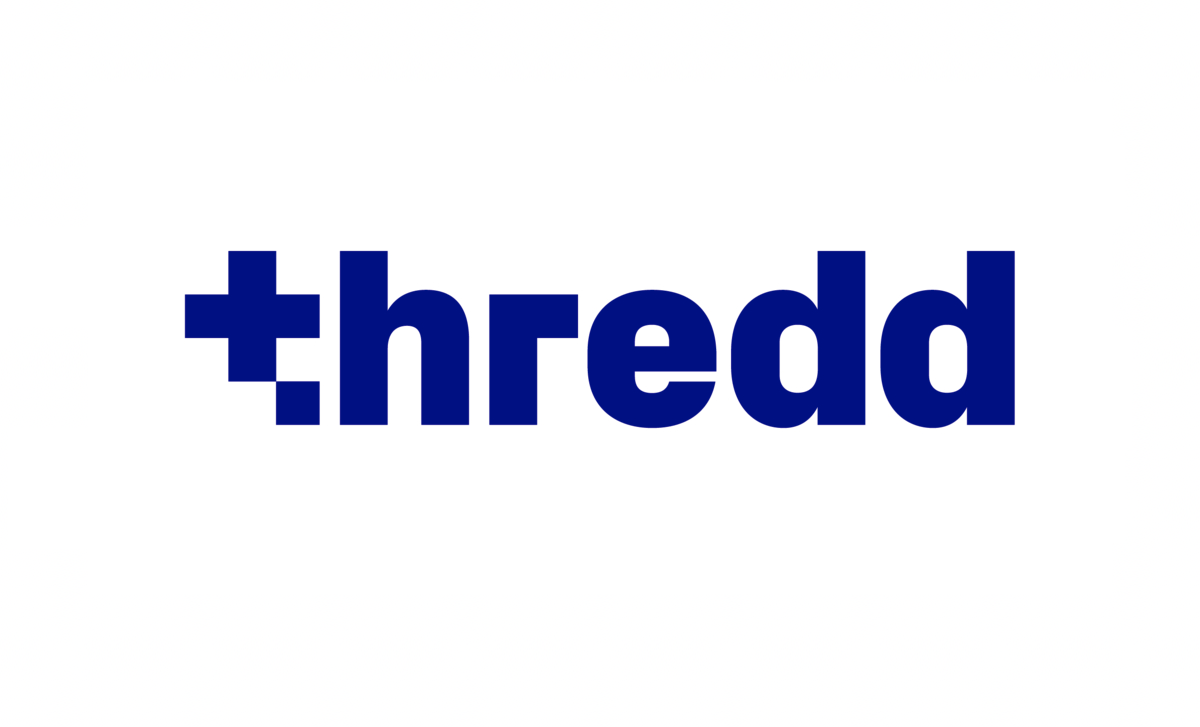When it comes to small- to medium-sized businesses (SMBs), the conversation around financial empowerment is overdue for an overhaul.
Despite accounting for over 99% of businesses in the United States, SMBs have historically been treated as an afterthought by traditional financial institutions — a vast, diverse market that often gets compressed into one generic offering.
“Let’s not think that it’s applied the same way if I am in construction or landscaping as compared to if I’m in design and eComm products,” i2c Senior Vice President, Transformation David Durovy told PYMNTS. “They’re very different. And those business owners are looking for different things.”
But the myth of a monolithic, homogeneous SMB market is cracking under the weight of a rapidly shifting economy and the expectations of modern entrepreneurs. Across the industry, a trio of trends is redefining how smart institutions are building products, communicating value and winning long-term loyalty.
“SMBs aren’t asking for rocket science,” Durovy said. “They’re asking for relevance, responsiveness and a relationship that understands their business and not just their balance sheet.”
Against this backdrop, contextualized financial tools, frictionless experiences and education are emerging as competitive advantages for providers looking to win with SMBs.
Why Small Businesses Need Smarter Financial Tools
From business credit cards to short-term loans and buy now, pay later (BNPL) tools, financial products can be lifelines. Yet, SMBs often find themselves using personal credit tools simply because the business alternatives are either unknown, inaccessible or inadequate.
“Cash flow management, whether we like to talk about it or not, has always been one of the barriers to entry,” Durovy said. “For many young businesses, survival hinges on access to unsecured credit. In many cases … it’s how they survive, especially when they’re getting started.”
Historically, financial institutions grouped SMBs into categories based on annual revenue, number of employees or credit score. While helpful for internal risk modeling, these classifications fall short of capturing how businesses operate in the real world.
Take credit cards, for example. A digital marketing agency may prioritize high software-as-a-service (SaaS) spend and travel perks. A local retailer may want cash back on inventory purchases and tools to manage returns. The product’s core mechanics don’t have to change, but the user experience, rewards structures and messaging must.
“We can offer the same product, but the way we position the utility absolutely needs to be specific to that business,” Durovy said, adding that many SMBs continue to face a mismatch between their needs and the tools available to them.
This kind of contextualization doesn’t just apply to product design. It extends to communication strategy and channel selection. A construction firm operating in rural Iowa may require different onboarding pathways, educational content and risk assessments than a gig economy platform in San Francisco.
“If you’re not speaking the right language and you’re not doing anything to educate, then it really is just another consumer personally guaranteed loan,” Durovy said. “And that really doesn’t change the equation at all for that small business owner.”
Segmentation, in other words, needs a modern upgrade.
Remove the Friction, Win the Relationship
If personalization is the what, frictionless access is the how. In the consumer space, financial technology has delivered progress in user experience, such as instant credit approvals, push-to-wallet cards, real-time spending alerts and embedded finance. For many SMBs, however, the process of acquiring financial tools remains stuck in the past.
“It’s still taking two weeks to approve a small business line of credit,” Durovy said. “Meanwhile, I can get a consumer card in under 20 minutes with a higher limit. That doesn’t make sense.”
“We need to stop making SMBs work to understand us,” he added. “We should be working to understand them — and remove the pain points in the process.”
While financial literacy efforts have gained traction in the consumer space, they’ve rarely translated effectively to the business context. Most SMBs aren’t offered clear, actionable guidance on how to use credit tools effectively, how to stack financial products strategically, or how to optimize working capital through different instruments.
“Business owners aren’t just looking for capital,” Durovy said. “They’re looking for clarity. Teach them when to use a revolving line versus a charge card, how to use rewards to drive margins, or how to manage seasonal dips in cash flow — and you’ll have a customer for life.”
The institutions that focus on building relationships rooted in relevance, speed and support may be better positioned than their peers offering generic products to win a greater share of the end-customer’s financial life. What begins as a credit card could evolve into a deposit relationship, a lending portfolio or an embedded finance solution. But that’s only possible if trust is established early.
“Every bank wants lifetime value,” Durovy said. “They want stickiness. But you don’t get that by offering generic tools and hoping they fit.”





 Cyber Security3 weeks ago
Cyber Security3 weeks ago
 Cyber Security3 weeks ago
Cyber Security3 weeks ago
 Fintech3 weeks ago
Fintech3 weeks ago
 Artificial Intelligence3 weeks ago
Artificial Intelligence3 weeks ago
 Fintech2 weeks ago
Fintech2 weeks ago
 Fintech3 weeks ago
Fintech3 weeks ago
 Artificial Intelligence3 weeks ago
Artificial Intelligence3 weeks ago
 Fintech3 weeks ago
Fintech3 weeks ago